The Sable Antelope (Hippotragus niger) is a captivating and regal species that embodies the spirit of the African wilderness. With its striking appearance, impressive size, and majestic horns, the Sable Antelope is renowned as one of Africa’s most iconic antelope species.
Sable antelopes are known for their striking appearance, with their majestic horns and dark-colored coats. They are highly valued for their beauty and are often sought after by wildlife enthusiasts. Sable antelope populations can be found in various African countries, including Tanzania, Zambia, and South Africa, where they roam the open grasslands and woodlands in small herds or bachelor groups.
Sable Antelope: Species profile
COMMON NAME: Sable Antelope
SWAHILI NAME: Palahala
SCIENTIFIC NAME: Hippotragus niger
TYPE: Mammal
FOOD: Sable antelopes are herbivores and primarily feed on grasses, leaves, and foliage. They are known to be selective grazers, choosing tender and nutritious plant materials.
HABITAT: Sable antelopes inhabit a variety of habitats, including woodlands, savannas, and grasslands. They are often found in areas with abundant water sources and sufficient vegetation cover.
SIZE: Adult male Sable antelopes have a shoulder height of approximately 140-150 centimeters (55-59 inches) and a body length of around 190-250 centimeters (75-98 inches). Females are slightly smaller than males.
AVERAGE LIFE SPAN IN THE NATURAL HABITAT: In the wild, Sable antelopes have an average lifespan of around 16-20 years, although some individuals can live longer.
ACTIVE: Sable antelopes are primarily diurnal, meaning they are active during the day. They are well adapted to their habitat and can withstand high temperatures.
GESTATION PERIOD: The gestation period of Sable antelopes lasts for approximately 8-9 months. After this period, a single calf is born, and it becomes independent after several months.
WEIGHT: Adult Sable antelopes weigh between 180-270 kilograms (400-600 pounds), with males being larger and heavier than females.
SIZE COMPARISON TO A 6-FT MAN: Sable antelopes are larger than a 6-ft man. They have a robust build, with impressive curved horns present in both males and females. The horns can grow up to 150 centimeters (59 inches) in length and are used for defense and territorial battles.
Physical Features and Size:
The Sable Antelope is a large antelope species, standing approximately 130-150 centimeters (51-59 inches) tall at the shoulder and weighing around 200-270 kilograms (441-595 pounds). Both males and females display striking physical features, including a robust body, a beautiful dark brown to black coat, and long, scimitar-shaped horns. The male’s horns are particularly impressive, curving gracefully backward and often reaching lengths of up to 150 centimeters (59 inches).
1. Size and Build: The Sable Antelope is one of the largest antelope species, with males being significantly larger than females. Males, known as bulls, can reach a shoulder height of around 140 to 160 centimeters (4.6 to 5.2 feet) and weigh up to 235 to 270 kilograms (520 to 600 pounds). Females, or cows, are smaller, measuring approximately 120 to 140 centimeters (3.9 to 4.6 feet) in shoulder height and weighing around 180 to 220 kilograms (400 to 490 pounds). The Sable Antelope has a robust and muscular build, exuding strength and grace.
2. Coat Color: The Sable Antelope possesses a striking coat that adds to its allure. The males have a glossy, dark brown to black coat, which contrasts dramatically with their white underbellies. In contrast, females have a lighter reddish-brown coat, often with a slight tinge of gray. These colorations help the antelope blend into their surroundings, providing camouflage and protection against predators.
3. Horns: The most notable feature of the Sable Antelope is its majestic horns, which are one of the longest and most impressive among antelope species. Both males and females have horns, but those of the males are larger and more robust. The horns are elegantly curved, sweeping backward in a graceful arc, and can reach lengths of up to 150 to 165 centimeters (4.9 to 5.4 feet) in males. The female horns are shorter and thinner but still retain the characteristic curve. These horns are used for defense, territorial displays, and combat during mating competitions.
4. Facial Markings: Sable Antelopes possess distinct facial markings that add to their regal appearance. They have a white chevron-shaped patch on their face, stretching from the forehead to the muzzle. This patch is often referred to as the “facial mask” and helps in distinguishing individuals.
5. Sexual Dimorphism: The Sable Antelope exhibits clear sexual dimorphism in terms of size and horn structure. The males are larger and more robust, with longer and more substantial horns compared to the females. This sexual dimorphism contributes to the visual spectacle of the species and plays a role in intra-species competitions and mating rituals.
The Sable Antelope’s appearance is awe-inspiring, with its large size, glossy coat, magnificent horns, and distinct facial markings. It is a true symbol of strength and beauty in the African wilderness.
Habitat and Range:
Sable Antelopes inhabit a variety of habitats across sub-Saharan Africa, including woodlands, savannas, and grassy plains. They are well adapted to both open areas and areas with dense vegetation, as long as there are sufficient water sources available. Their range extends from southern Kenya and Tanzania down to South Africa and Namibia, with smaller populations found in Zambia, Angola, and Zimbabwe.
Behavior and Social Structure:
The Sable Antelope (Hippotragus niger) exhibits fascinating behavioral patterns that contribute to its survival and success in the grasslands and savannas of Africa. From their social dynamics to their feeding habits, let’s explore the captivating behavior of the Sable Antelope:
1. Group Structure: Sable Antelopes are primarily social animals that form small herds consisting of females, known as cows, and their offspring. The males, called bulls, often form bachelor groups or roam solitarily until they reach maturity. The herds are led by a dominant female, and herds may come together to form larger aggregations during times of abundant resources or during the mating season.
2. Territorial Behavior: Male Sable Antelopes are known for their territorial behavior, particularly during the mating season. They establish and defend their territories through various displays, including posturing, horn displays, and vocalizations. These territorial displays serve as a visual and auditory warning to other males, indicating ownership and deterrence.
3. Mating Rituals: During the breeding season, male Sable Antelopes engage in intense competitions to establish dominance and gain mating opportunities. They engage in elaborate displays of dominance, including challenging other males with their impressive horns, neck wrestling, and engaging in mock fights. The victorious male earns the right to mate with the females in the herd.
4. Vocalizations: Sable Antelopes communicate through a variety of vocalizations to convey messages within the herd. They emit snorts, grunts, and clicking sounds, which serve as a means of maintaining contact with other herd members, signaling alarm or distress, or expressing aggression.
5. Feeding Habits: Sable Antelopes are herbivores with a preference for fresh grasses and foliage. They are well-adapted to grazing and browsing, allowing them to take advantage of available food sources throughout their habitat. These antelopes are primarily active during the early morning and late afternoon, avoiding the hottest periods of the day.
6. Predator Avoidance: Sable Antelopes employ several strategies to avoid predators such as lions, leopards, and hyenas. They rely on their keen senses of sight, hearing, and smell to detect potential threats. When threatened, they use their speed, agility, and impressive horns to fend off predators or flee to safety. They may also engage in alarm calls to alert other members of the herd.
7. Water Dependence: Although Sable Antelopes are adapted to arid environments, they still require access to water sources for drinking and bathing. They often congregate near waterholes, rivers, or other water sources, especially during the dry season when water availability is limited.
The behavior of the Sable Antelope reflects their adaptability, social nature, and survival strategies in the African savanna. Their territoriality, mating rituals, and communication methods contribute to the intricate dynamics within the species.
Conservation Status:
The Sable Antelope is currently listed as a species of “Least Concern” on the International Union for Conservation of Nature (IUCN) Red List. However, localized declines in populations have been observed due to habitat loss, illegal hunting, and competition with livestock. Conservation efforts are aimed at protecting their habitats, establishing wildlife reserves, and implementing anti-poaching measures to ensure the long-term survival of the Sable Antelope.
Hippotragus niger
The Hippotragus niger (Sable Antelope), with its commanding presence and magnificent horns, holds a special place in the hearts of wildlife enthusiasts and conservationists alike. Preserving their natural habitats, combating illegal hunting, and raising awareness about their conservation needs are crucial steps in safeguarding the future of this emblematic species. By valuing and protecting the Sable Antelope, we contribute to the preservation of Africa’s rich biodiversity and uphold the legacy of these majestic creatures for generations to come.
Sable Antelope Adaptations:
The Sable Antelope (Hippotragus niger) possesses a range of remarkable adaptations that enable it to thrive in the challenging environment of the African savanna. These adaptations allow the Sable Antelope to withstand the harsh conditions and secure its place as one of Africa’s most iconic antelope species. Let’s explore the fascinating adaptations of the Sable Antelope:
1. Coat Color and Camouflage: The Sable Antelope’s dark brown to black coat color serves as effective camouflage in the dense vegetation of its habitat. This coloration helps it blend seamlessly with the shadows and allows the antelope to move discreetly, reducing the risk of detection by predators. The contrast between the dark coat and the white underbelly also aids in breaking up the antelope’s silhouette, making it less visible in the grassy savanna.
2. Horns for Defense: One of the most distinctive features of the Sable Antelope is its impressive horns. Both males and females possess long, curved horns that can grow to a remarkable length of up to 150 to 165 centimeters (4.9 to 5.4 feet) in males. These horns serve multiple purposes, including defense against predators and rival males during territorial disputes. The Sable Antelope can use its formidable horns to fend off potential threats and engage in combat when necessary.
3. Selective Feeding Habits: The Sable Antelope has adapted to survive in areas with limited food resources by being selective in its feeding habits. It has a preference for nutrient-rich grasses and foliage, which allows it to obtain the necessary nutrients despite the scarcity of food in its environment. This adaptation helps the antelope maximize its energy intake and maintain its physical condition.
4. Water Conservation: Sable Antelopes have evolved efficient mechanisms to conserve water in their bodies, enabling them to survive in arid and semi-arid regions. They can extract moisture from their food, reducing their reliance on external water sources. This adaptation allows them to endure extended periods without drinking and minimizes the risk of dehydration in their challenging habitat.
5. Acute Senses: The Sable Antelope possesses keen senses that aid in its survival. It has excellent eyesight, allowing it to detect distant movements and potential threats. Their large, rounded ears provide exceptional hearing, enabling them to pick up sounds over long distances, including the approach of predators or the calls of other herd members. These acute senses provide early warning signals, allowing the antelope to respond swiftly and appropriately to danger.
6. Speed and Agility: When faced with imminent danger, the Sable Antelope relies on its remarkable speed and agility to escape. It can reach impressive running speeds of up to 50 miles per hour (80 kilometers per hour) over short distances. This swift burst of speed, combined with its agile movements and ability to change direction quickly, helps the antelope evade predators and increase its chances of survival.
The Sable Antelope’s adaptations have allowed it to thrive in the African savanna, effectively navigating the challenges posed by its habitat. Its camouflaged coat, formidable horns, selective feeding habits, water conservation abilities, acute senses, and impressive athleticism all contribute to its success in this dynamic and demanding ecosystem.
Where to See Sable Antelope in Tanzania:
Tanzania, with its diverse and expansive landscapes, offers nature enthusiasts and wildlife lovers ample opportunities to witness the majestic Sable Antelope (Hippotragus niger) in its natural habitat. Although the Sable Antelope’s range has diminished over the years due to habitat loss and hunting, there are still a few key areas within Tanzania where you have a chance to encounter these iconic antelopes. Here are some notable locations where you can see Sable Antelope in Tanzania:
1. Selous Game Reserve:
Located in southern Tanzania, the Selous Game Reserve is the largest protected area in Africa, providing a vast expanse of wilderness for wildlife to thrive. The reserve’s diverse habitats, including woodlands, grasslands, and wetlands, offer an ideal environment for Sable Antelopes. Embark on a guided safari in Selous Game Reserve, and you may be fortunate enough to spot these remarkable antelopes grazing or moving gracefully across the savanna.
2. Ruaha National Park:
Situated in central Tanzania, Ruaha National Park is renowned for its abundant wildlife and picturesque landscapes. The park encompasses a variety of ecosystems, ranging from open plains to miombo woodlands, providing a suitable home for Sable Antelope populations. Explore the park on a game drive or guided walking safari, keeping a keen eye out for these elusive antelopes amidst the vastness of Ruaha.
3. Katavi National Park:
Located in the remote southwestern part of Tanzania, Katavi National Park is a hidden gem that offers an untouched wilderness experience. The park’s vast plains, seasonal floodplains, and dense woodlands attract a rich array of wildlife, including Sable Antelopes. Venture off the beaten path and embark on a safari adventure in Katavi, where you may have the opportunity to observe Sable Antelopes in their natural habitat away from the crowds.
4. Ngorongoro Conservation Area: While Sable Antelopes are not as commonly sighted in the Ngorongoro Conservation Area as other wildlife species, there have been occasional sightings within this remarkable crater ecosystem. The Ngorongoro Crater, with its fertile grasslands and permanent water sources, provides favorable conditions for Sable Antelopes to thrive. Keep a lookout while exploring the crater rim or descending into the crater, as you may be lucky enough to spot these graceful antelopes roaming the expansive grassy plains.
5. Private Reserves and Concessions:
Some private wildlife reserves and concessions in Tanzania, such as the Grumeti Game Reserve and the Singita Grumeti Reserves adjacent to Serengeti National Park, also support healthy populations of Sable Antelopes. These exclusive reserves offer a more intimate and secluded safari experience, providing a greater chance of encountering these magnificent antelopes while enjoying the pristine wilderness.
It’s important to note that the sightings of Sable Antelopes can vary depending on factors such as season, habitat conditions, and individual animal movements. To maximize your chances of seeing Sable Antelopes, it is recommended to consult with experienced safari operators and guides who have in-depth knowledge of the specific areas and their wildlife populations.
Sable Antelope Safari Tips:
Embarking on a safari to witness the captivating Sable Antelope (Hippotragus niger) in their natural habitat is an exhilarating experience. To make the most of your Sable Antelope encounter and ensure a memorable safari, here are some essential tips to keep in mind:
1. Choose the Right Safari Destination:
Select a safari destination in Tanzania known for supporting healthy Sable Antelope populations. The Selous Game Reserve, Ruaha National Park, Katavi National Park, and private reserves like the Grumeti Game Reserve are excellent choices. Research the locations, their habitats, and the best time of year to visit to maximize your chances of encountering these majestic antelopes.
2. Plan for the Optimal Time of Day:
Sable Antelopes are most active during the early morning and late afternoon, avoiding the midday heat. Plan your safari activities accordingly, as this is when you are likely to witness their grazing, social interactions, or even the spectacular displays of the dominant males. Game drives or walking safaris during these periods offer the best opportunities to observe the antelopes in action.
3. Be Patient and Observant:
Patience is key when searching for Sable Antelopes. These antelopes have a naturally elusive nature and can blend into their surroundings with their dark coat color. Keep a keen eye out for any movement, as they may be hiding or grazing in the distance. Binoculars or a zoom lens can be handy for scanning the savanna and spotting these magnificent creatures.
4. Engage an Experienced Guide:
Enlist the services of a knowledgeable and experienced safari guide or naturalist who is familiar with the behavior and habitats of Sable Antelopes. Their expertise can greatly enhance your safari experience by providing valuable insights, tracking skills, and increasing your chances of locating these elusive antelopes. They can also share interesting facts and stories about the antelopes, enriching your overall understanding and appreciation.
5. Respect their Space and Behavior:
When encountering Sable Antelopes, it’s crucial to maintain a respectful distance and observe them from a safe and non-intrusive vantage point. Avoid sudden movements, loud noises, or any actions that may startle or disturb them. By respecting their space and behavior, you allow them to go about their natural activities undisturbed, leading to more authentic and undisturbed wildlife encounters.
6. Capture the Moment:
Bring along a camera with a telephoto lens to capture stunning photographs of Sable Antelopes. The dark coat and majestic horns of these antelopes make for captivating subjects. Remember to respect the animals’ comfort and natural behavior, prioritizing their welfare over capturing the perfect shot.
7. Learn About Other Wildlife:
While on your Sable Antelope safari, take the opportunity to appreciate the richness of Tanzania’s wildlife. Many other fascinating species coexist in the same habitats as Sable Antelopes, including elephants, giraffes, lions, and various bird species. Expand your knowledge and immerse yourself in the entire ecosystem, embracing the diversity of wildlife that surrounds these graceful antelopes.
By following these safari tips, you can enhance your experience and increase your chances of encountering and appreciating the awe-inspiring Sable Antelopes in their natural environment.
Frequently Asked Questions about Sable Antelopes
Here are some frequently asked questions about Sable Antelopes (Hippotragus niger), along with informative answers to help expand your knowledge about these remarkable antelopes:
Q1: What is the size and weight of a Sable Antelope?
A1: Male Sable Antelopes are larger than females. Males typically stand around 47 to 55 inches (120 to 140 cm) at the shoulder, while females are slightly smaller. Adult males can weigh between 440 to 660 pounds (200 to 300 kg), whereas females usually weigh around 330 to 440 pounds (150 to 200 kg).
Q2: What is the lifespan of Sable Antelopes?
A2: In the wild, Sable Antelopes have an average lifespan of 16 to 19 years. However, in captivity, they can live up to 20 years or more.
Q3: Do both male and female Sable Antelopes have horns?
A3: Yes, both male and female Sable Antelopes have horns. The horns are longer and more robust in males, while females possess slightly shorter and thinner horns.
Q4: What is the purpose of the long horns in Sable Antelopes?
A4: The impressive horns of Sable Antelopes serve various purposes. They are primarily used for defense against predators and rival males during territorial battles. The size and strength of the horns often determine a male’s dominance within a herd.
Q5: What do Sable Antelopes eat?
A5: Sable Antelopes are herbivores with a selective feeding habit. They primarily consume nutrient-rich grasses, but they also browse on leaves, herbs, and shrubs. Their feeding habits allow them to obtain the necessary nutrients and adapt to varying vegetation availability.
Q6: Are Sable Antelopes endangered?
A6: While the global population of Sable Antelopes is currently stable, certain subspecies and populations are considered vulnerable or near threatened. Habitat loss, hunting, and competition with livestock pose threats to their survival. Conservation efforts are crucial to ensure the long-term survival of these magnificent antelopes.
Q7: How do Sable Antelopes communicate?
A7: Sable Antelopes communicate through various vocalizations, including snorts, grunts, and alarm calls. They also use visual cues such as body postures and facial expressions to convey messages within their herds.
Q8: Do Sable Antelopes migrate?
A8: Sable Antelopes are not known for long-distance migrations. However, they may move within their home range in response to seasonal changes in food and water availability.
Q9: Are Sable Antelopes social animals?
A9: Sable Antelopes exhibit both social and solitary behaviors. They typically form small, mixed-sex herds consisting of females, young males, and juveniles. Mature males are often solitary or form bachelor groups until they establish their own territories.
Q10: Can Sable Antelopes be seen in captivity?
A10: Yes, Sable Antelopes can be seen in select zoos, wildlife reserves, and game parks that specialize in African wildlife conservation. These captive populations contribute to conservation efforts and provide educational opportunities for visitors to learn about these magnificent antelopes.
These frequently asked questions and their answers provide a deeper understanding of the Sable Antelope species, their characteristics, and their conservation status.

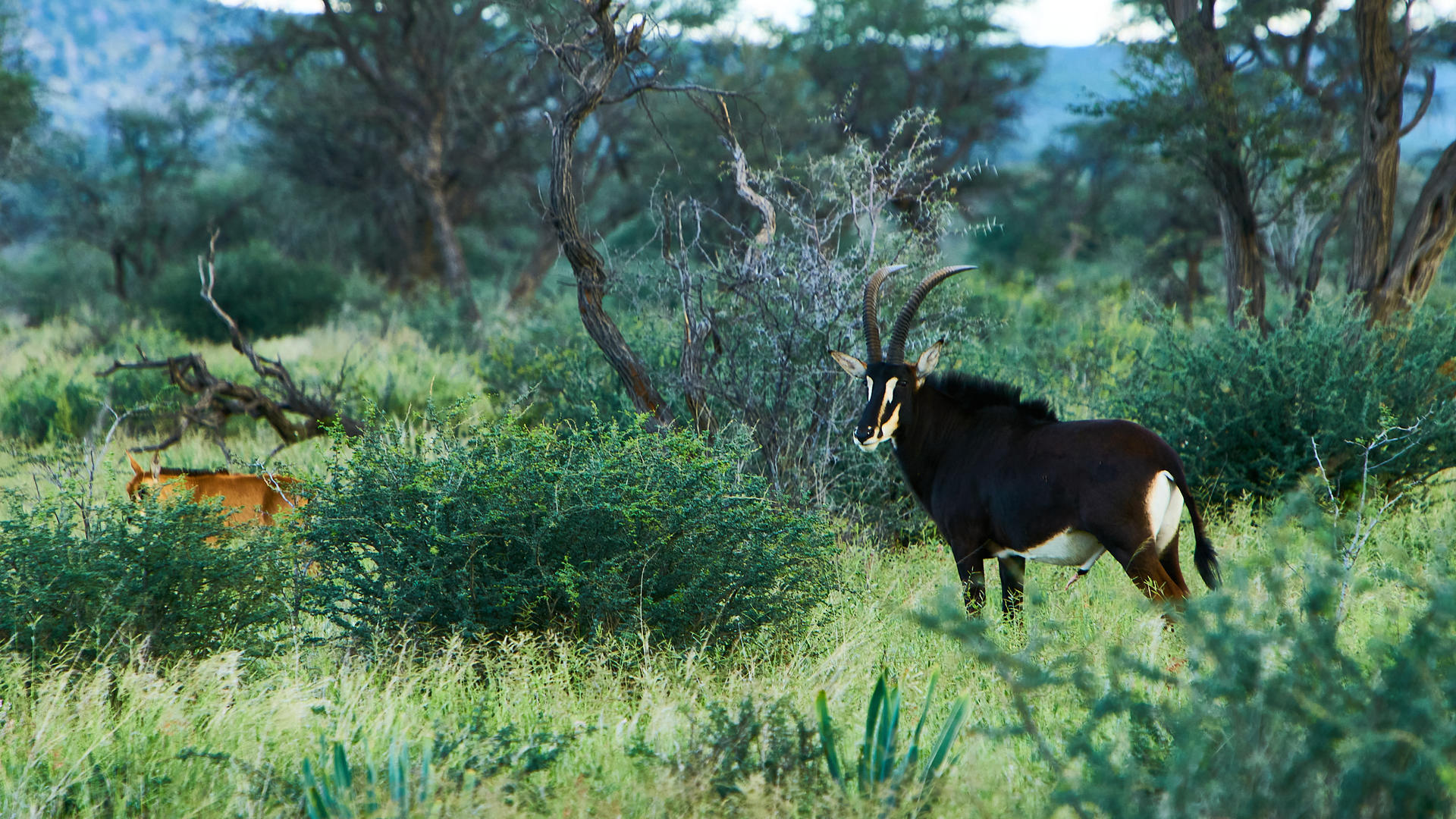

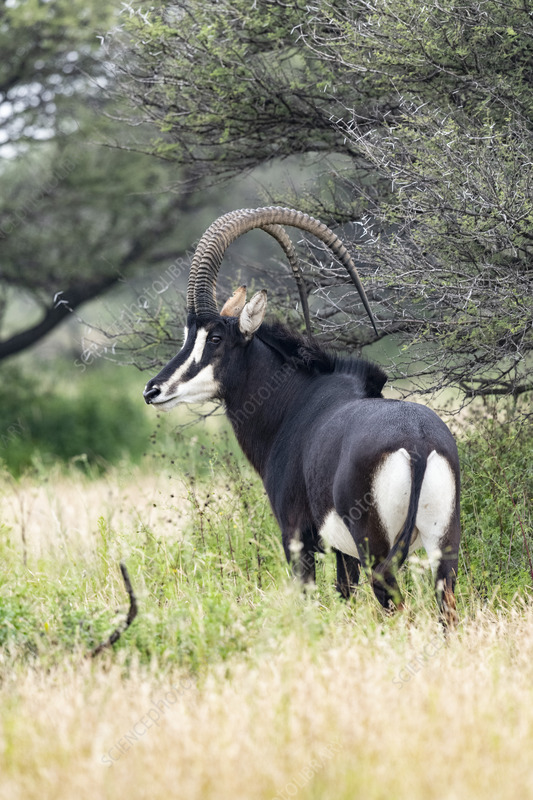
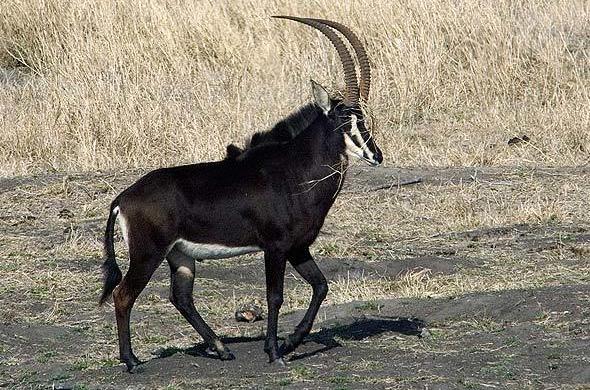
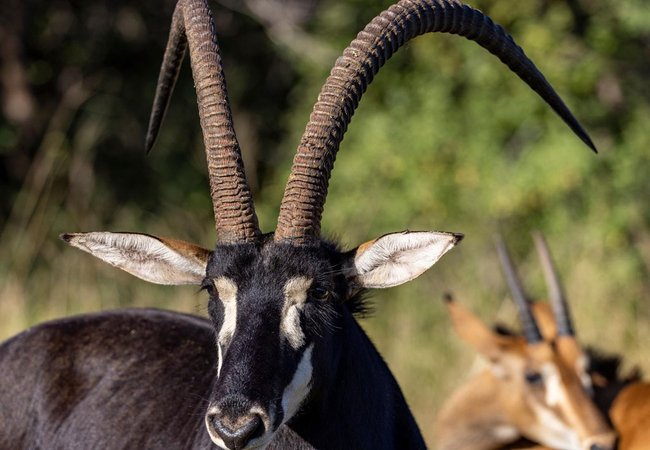
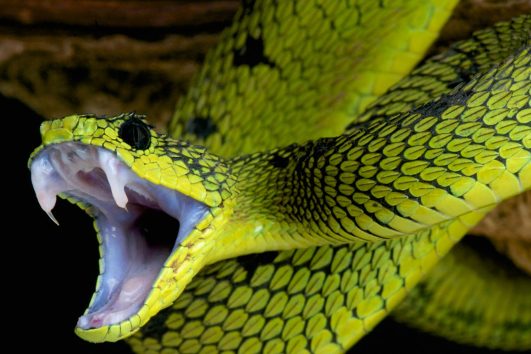
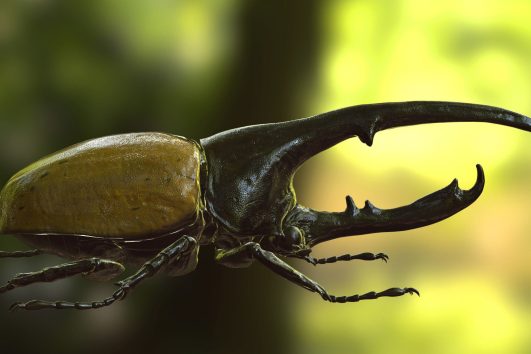

Tour Reviews
There are no reviews yet.
Leave a Review